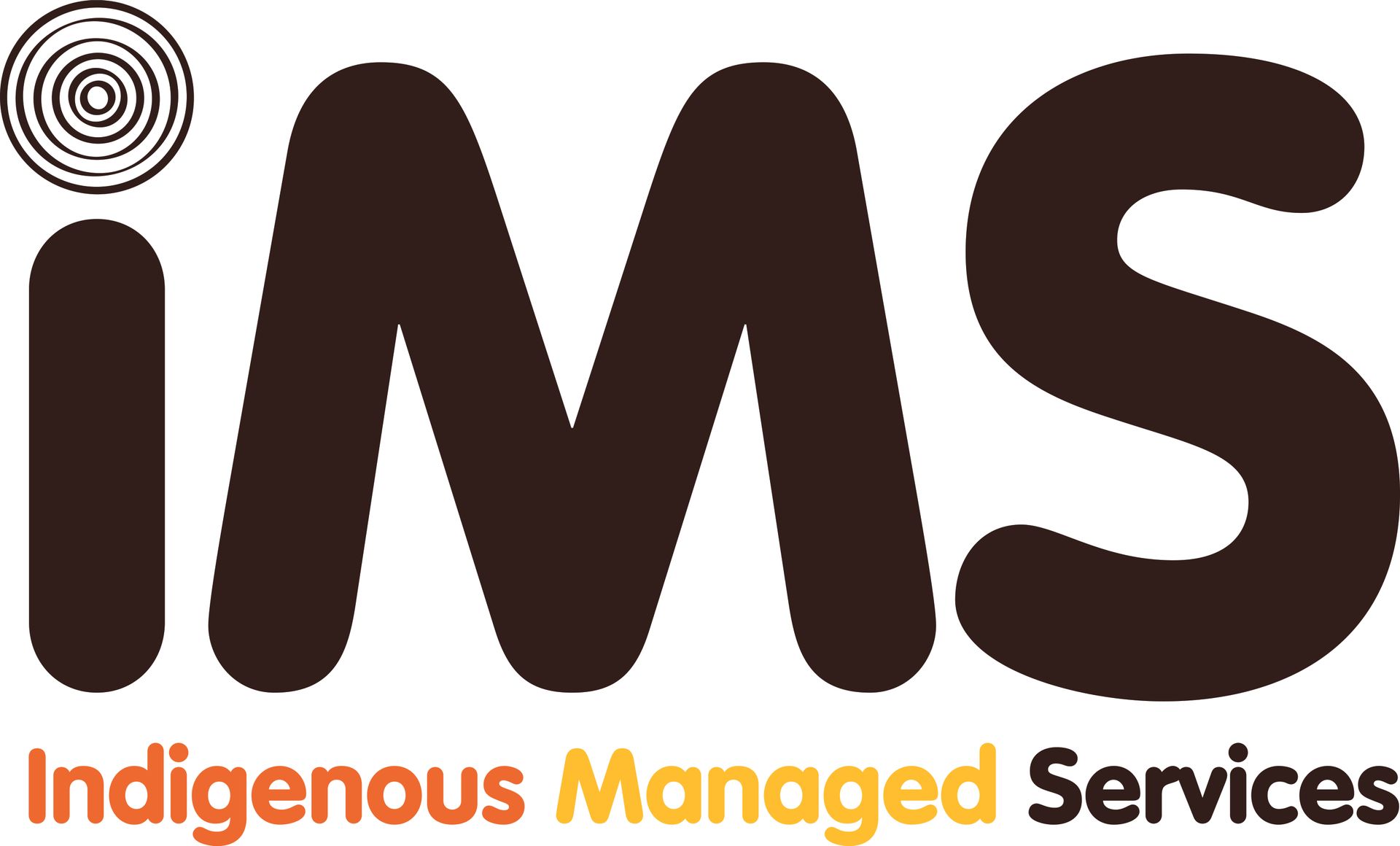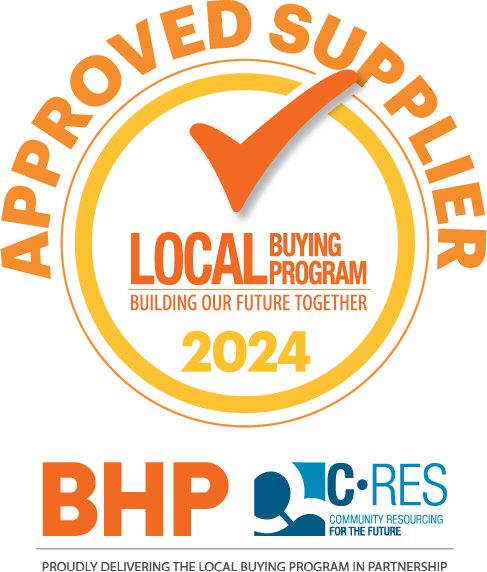Labour Hire vs Contracting in WA: Cost, Risk and Control

Choosing how to resource work in Western Australia is not a paperwork choice. It sets cost, shapes risk, and decides how much control you hold. This guide lays out the practical differences so you can match the model to your project, site, or department.
What each model means
Labour hire places workers on your site while a provider remains their legal employer. You direct rosters, tasks, and standards. The provider pays wages and superannuation, manages payroll tax and workers’ compensation, and handles employment records.
Contracting buys an outcome from a business. You define the scope and milestones. The contractor manages its people, methods, supervision, and plant. Your team checks deliverables, not individual shifts.
What problem are you actually trying to solve? If you need capacity inside your systems, labour hire fits. If you need a defined scope delivered to a date, contracting fits.
Cost: beyond the hourly rate
Rates headline every conversation, yet total cost of delivery decides value.
With labour hire, you see a base rate plus margin. On-costs sit with the provider. You avoid adding headcount and keep price clarity per hour or day. Spell out allowances, travel, inductions, PPE, and overtime rules to prevent drift.
With contracting, the rate includes supervision, small tools, QA, and warranty. Risk is priced into the number. Loose briefs create variations that move costs quickly. A tight scope with clear acceptance criteria keeps the price honest.
Do you need the lowest entry cost or the lowest end cost? Labour hire often wins steady operations and long runs. Contracting often wins time-boxed work where integrated crews and planners shorten schedules.
Risk: safety, legal exposure, and continuity
Duties exist under WA work health and safety laws for both models. On labour hire, the provider is the employer, but you still owe a duty of care on your site. Safe systems, verified licences, and competent supervision remain essential. Choose a provider that audits tickets, reports incidents promptly, and can remove or replace underperformers.
On contracting, the contractor holds employment duties for its workers. Your contract should set safety expectations, reporting, and right of removal. Interface risk sits with you. Poor scope definition, shared work fronts, or unclear permits create failure points. Ask for method statements and evidence of similar WA work.
Industrial relations risk also shifts. Sham contracting penalties arise when individuals are treated like employees without proper engagement. Labour hire avoids that line. Contracting reduces direct IR exposure for your team but moves it into the supply chain. Continuity risk matters in remote WA. If a contractor loses key people, progress stalls. Labour hire lets you swap like-for-like quickly from a broader pool.
Control: standards, speed, and culture
Do you need to direct work daily or buy an outcome? If you need hands inside your system, Indigenous mining labour hire gives you control over pace, sequencing, and quality. It suits backfilling, surge coverage, and pilot phases where requirements change week by week.
If you need a package delivered with its own supervision and tooling, contracting fits. You set outputs and dates. The contractor owns the method. This suits specialist works, shutdown packages, and compliance tasks that must land cleanly the first time.
Culture matters too. Labour hire and Indigenous hospitality services supports community participation and conversion of high performers to permanent roles. Contracting can deliver fast mobilisation and consistent methods across multiple sites.
WA realities that shape the choice
WA brings distance, heat, and tight labour markets. FIFO rosters, long supply lines, and strict site standards shape resourcing. Remote town access and accommodation constraints add friction. These conditions reward clarity.
Pick Indigenous labour Hire for stable crews over long runs, where knowledge retention and team fit drive outcomes. It suits operations, maintenance routines, and facility care. It also supports local pathways when you want talent from nearby communities.
Pick contracting for defined scopes with a fixed finish. Think rope access inspections, tank cleaning, non-process infrastructure builds, or metered shutdown tasks. One supplier brings the crew, method, and QA, which reduces coordination load on your team.
Quick comparison
| Factor | Labour hire | Contracting |
|---|---|---|
| Primary goal | Add capacity | Deliver scope |
| Who directs daily work | You | Contractor |
| Cost profile | Lower entry cost | Risk priced into rate |
| Change handling | Flexible scaling | Variations and change orders |
| Safety and IR | Shared duties on site | Contractor holds employee duties |
| Best fit | Backfill, steady ops, pilots | Specialist, shutdowns, turnkey |
Which model reduces total cost of delivery over time? The one that lowers re-work, handover loss, and management drag for your exact context.
A simple decision path
- Define the outcome and finish date in plain terms.
- List the risks you cannot carry.
- Decide who should direct daily work.
- Compare total delivery cost, not just rates.
- Pick a model, then lock scope and rules with clear writing.
There is no one right answer across all sites. Labour hire gives control and continuity. Contracting Indigenous engineering services or Indigenous industrial services gives packaged delivery and single-point accountability. Choose the model that best fits your scope, your risk appetite, and the realities of WA resourcing. If uncertainty remains, start blended and review after the first cycle. That approach keeps cost predictable, manages risk, and preserves the control needed to keep the job moving.






